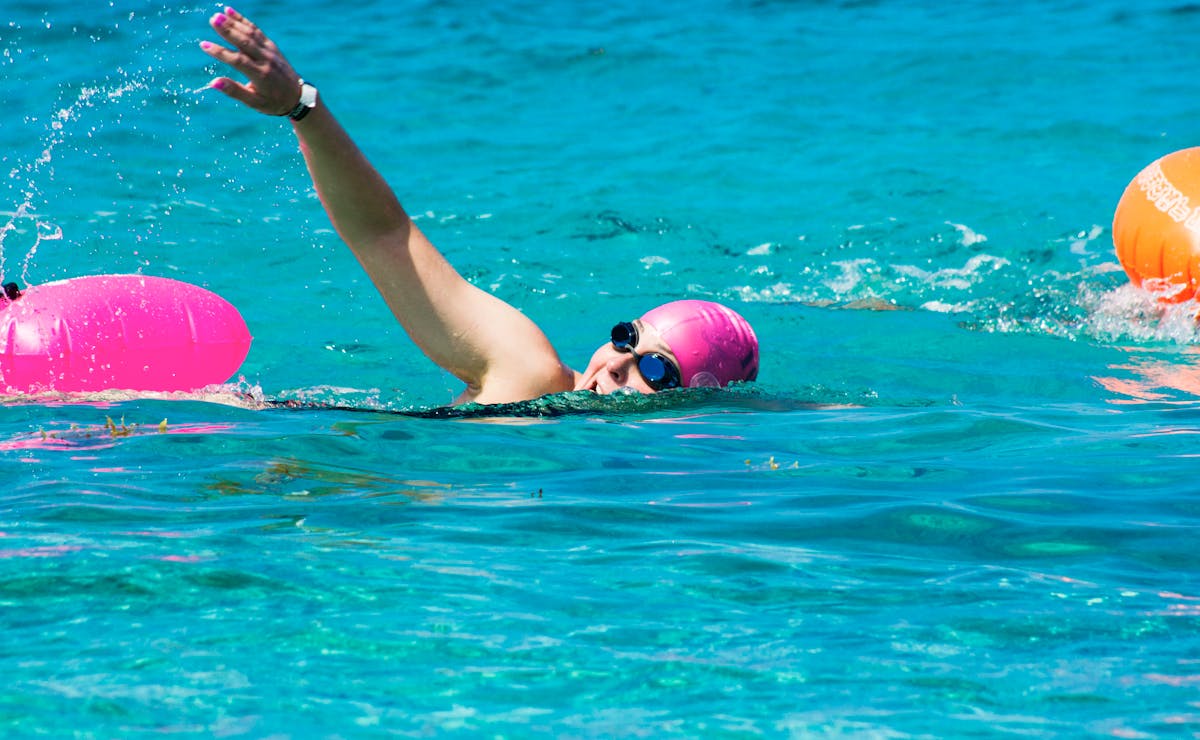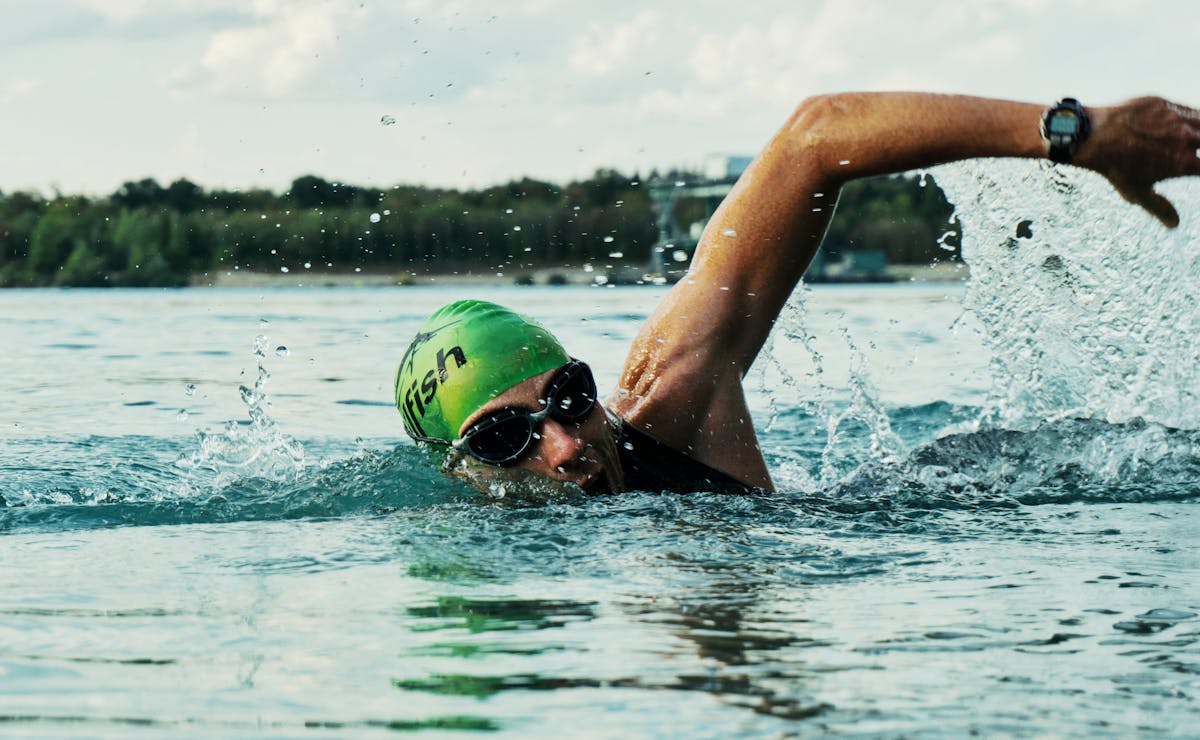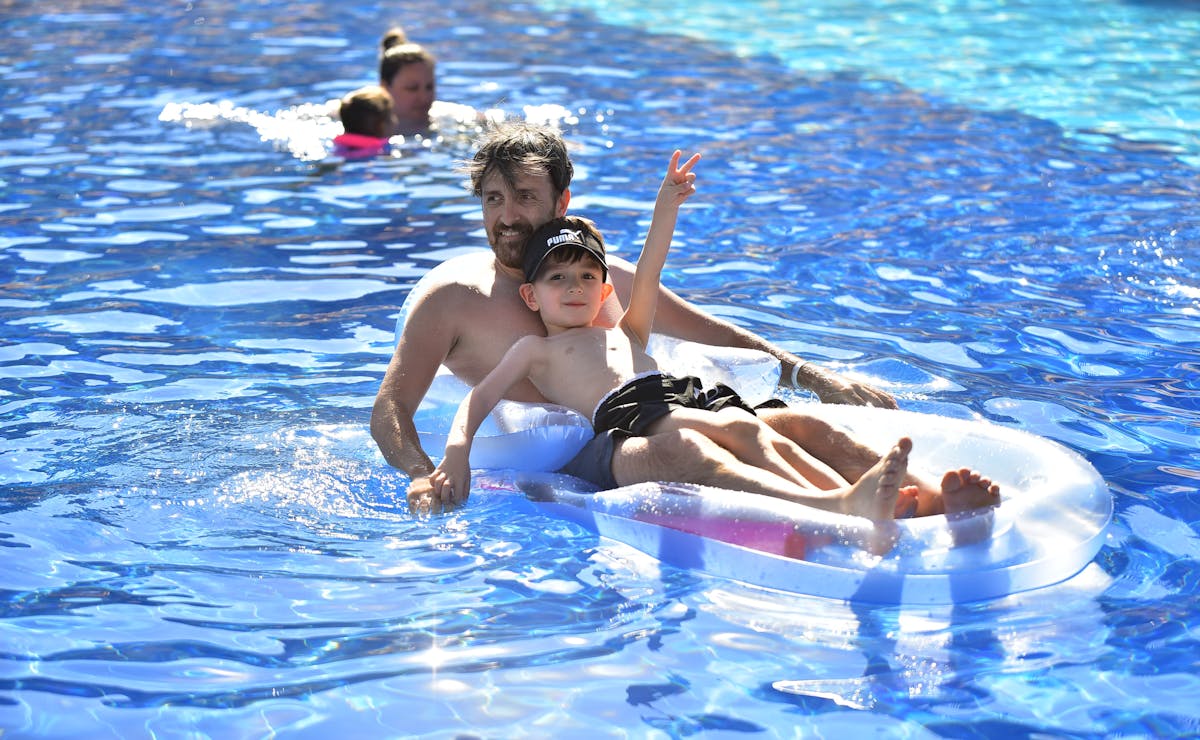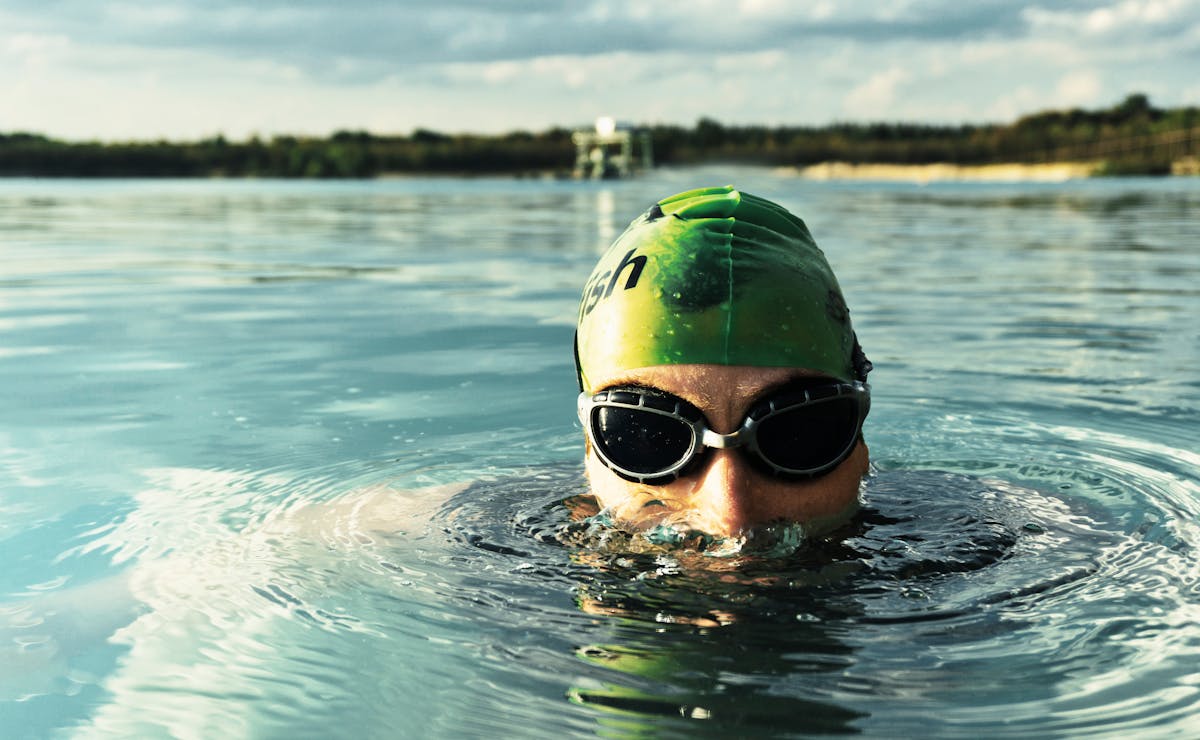Practicing any type of sport or physical activity, in general, is recommended to be included and maintained in each person’s daily routine. However, many people don’t even know where to start when looking for which exercise to do. In this sense, swimming is a good choice for those who are looking for a different sporting activity.
Because it is a very complete sport, it offers several benefits to those who practice it. Some of these are posture correction, muscle flexibility and high calorie expenditure. In addition, it is a low-impact activity and suitable for all ages, from children to the elderly. It is worth noting that those who start swimming have nothing but praise for the sport.
In order to have a clear idea of how swimming is done, there are a few points you should take into consideration beforehand. For instance, you have to eat adequately and purchase suitable equipment in order to perform optimally and not get exhausted easily during training.
Check out some swimming tips below.
Choosing the right equipment and clothing
In order to play this sport, you must make the investment of some proper clothes and a few vital accessories like goggles and a swimming cap. Note also that you cannot wear just any bikini, swimsuit or trunks when training to swim.
Swimsuits and swim trunks ought to fit in a close fashion, yet not so tight as to prevent proper movement while within the pool. They also must be made chlorine and salt-resistant.
Speaking of chlorine, many people have doubts about how to protect their hair from chlorine when swimming, and the answer is simple: use a cap made of suitable material, the most recommended being a silicone cap.
Although children may feel more comfortable wearing a cloth cap, to effectively provide protection, a silicone cap is the best choice.
As for glasses, there’s no secret : just make sure they fit well on your face so that water doesn’t get in, but they’re also not too tight. The best thing to do is go to a sports store and ask for the right ones – they might be a little more expensive at first, but they’ll make up for your comfort in the long run.
More than that, investing in adequate equipment will directly affect the athlete’s performance, which will be very useful, especially for those who are just starting to learn the first swimming movements and techniques.
What is the appropriate diet?
Diet, as in other sports, needs to be well balanced with proteins , carbohydrates, etc. To achieve better results and maintain good physical condition, meals should be eaten before and after each workout.
You never train on an empty stomach and you need to eat between one and two hours before each workout.
What to eat before swimming?
Ideally, it should be a meal rich in carbohydrates, so some good options are:
- Toast;
- Natural sandwich;
- Slice of cake;
- Fruits;
- Cereal bar.
In addition, hydration is also a very important factor, so don’t forget to have lots of water or even fruit juice with your meal.
To that extent, drinking water or sports drinks during training is also advisable, as they are excellent at replenishing carbohydrates and assisting in giving you that little bit of extra energy during training.
And what is the ideal type of food for post-workout?
After exercising, it is also necessary to consume carbohydrates, this time accompanied by proteins and lipids. About 30 minutes after training , it is recommended to have a replacement snack, in addition to a more substantial meal, about 2 to 4 hours after finishing physical activity.
For snacks, you can count on options such as :
- Fruits;
- Nuts and seeds;
- Oatmeal porridge;
- Fruit smoothie;
- Granola with nuts.
For a more complete meal, opt for certain types of meat, such as fish, chicken and turkey, as well as eggs and certain types of cheese.
Stretch and warm up
In fact, this is an important step for any sport and most people already know this, but it is still worth mentioning, as each sport ends up having specific stretches and warm-ups for its practice.
In swimming, for example, you use a lot of arm strength, so it is important to focus on this area before training.
Despite this, the pre-workout warm-up should be short and light, just enough to activate the muscles – the famous “waking up the body”. About 10 to 15 minutes are enough for this purpose.
Stretching should also be light and intended to relax the muscles after the effort of training . The combination of warming up and stretching will prevent muscle pain and injuries .
Keep training regular
As with any sport, practice must be done in order to perfect technique. More so with swimming, since though it is a relatively easy and low-impact sport, it does have much to be addressed.
Some of the techniques involved in swimming are: breathing, strokes, kicks, head position, amongst others.
Regular exercise, two or three times a week, will aid you in getting used to these aspects more readily. Furthermore, regularity enables you to set up a routine sooner, enabling your body and mind to acclimatize to your new way of life.
Have a suitable place to practice
Not just any pool will be ideal for swimming training, so you need to look for a good specialized gym or swimming club that offers the appropriate facilities to practice the sport.
It is important to have pools and lengths suitable for the levels of each athlete (or group of athletes), as well as qualified and experienced professionals to monitor the swimmers’ performance.
Have good professional guidance
Speaking of qualified professionals, good professional guidance does not only come from swimming coaches, but also from doctors and nutritionists.
It is essential to have an expert monitoring the athlete’s development and movement, to show how to set up a swimming training session and indicate how to get the most out of it, in addition to being essential to avoid any type of injury during the activity.
However, with the presence of a professional, the athlete will also have an idea of their health status, whether there is anything to worry about, and will also learn how to set up a correct eating routine to meet all the nutrients, carbohydrates, vitamins, etc. that a swimmer needs.
Please note that despite the dietary tips given above, a nutritionist is still essential to create a suitable diet for each athlete.
Know the swimming styles
Swimming styles will be learned as training progresses, but it is good to have an idea of what is coming so that you are prepared and can start researching and clearing up any doubts you may have regarding training.
The main styles are:
- Crawl swimming (free);
- Butterfly;
- Backstroke;
- Breaststroke.
Each of them has their own stroke, kick and even breathing styles, so when you start learning each one, always have a trainer nearby to make sure you are doing the correct movements.



